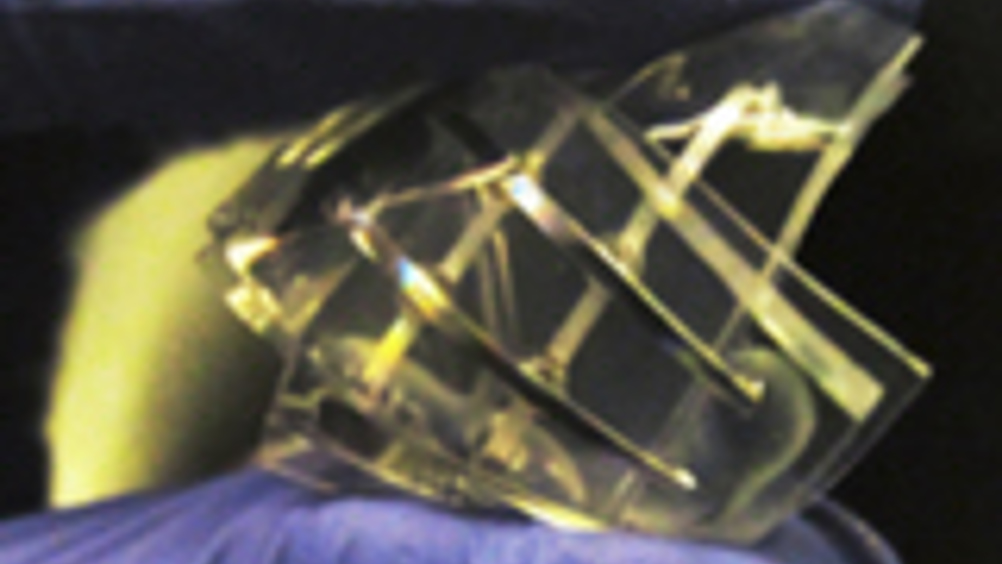Gelatin memory paves way for biocompatible electronics
1 min read
A new memory device that is soft, pliable and functions 'extremely well' in wet environments could open the door to a new generation of biocompatible electronic devices.

According to researchers from North Carolina State University, the device has the physical properties of gelatin and works in environments hostile to traditional electronics. This paves the way for interfacing electronics with biological systems, such as cells, enzymes or tissue.
Prototypes of the device have been created using a liquid alloy of gallium and indium metals set into water based gels, similar to those used in biological research. It functions much like a memristor and the device has two states - one that conducts electricity and one that does not. These two states can be used to represent the 1s and 0s used in binary language. But while conventional electronics use electrons to create the 1s and 0s in computer chips, the new device uses ions (charged molecules) to do this.
In each of the memory device's circuits, the metal alloy is the circuit's electrode and sits on either side of a conductive piece of gel. When the alloy electrode is exposed to a positive charge it creates an oxidised skin that makes it resistive to electricity – for example, a 0. When the alloy electrode is exposed to a negative charge, the oxidised skin disappears and it becomes conductive to electricity – for example, a 0. Normally, whenever a negative charge is applied to one side of the electrode, the positive charge would move to the other side and create another oxidised skin – meaning the electrode would always be resistive. To solve that problem, the researchers 'doped' one side of the gel slab with a polymer that prevents the formation of a stable oxidised skin. That way one electrode is always conducive – giving the device the 1s and 0s it needs for electronic memory.
The paper, "Towards All-Soft Matter Circuits: Prototypes of Quasi-Liquid Devices with Memristor Characteristics," was published by Advanced Materials.












